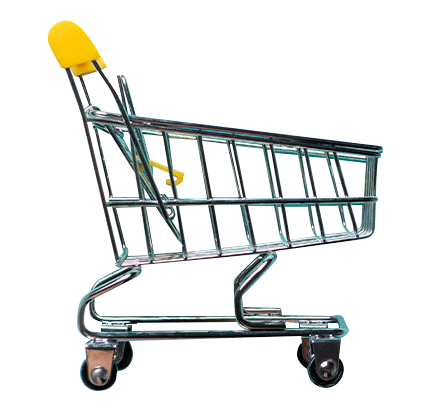How to choose the Right Product
We get it. Picking products ain’t easy. In fact, we believe it’s one of the most difficult decisions that you have to make in your retail business. Here’s a sneak peak at our proven process to get you towards a winning assortment:
- Know Thy Customer: Determine your customer demographics and what market you want to sell to. Once you figure this out, you’ll be able to determine your customers’ needs. The marketability of your product should be something that can convince a large percentage of your shoppers that the item can fulfill their needs.
- Solve The Problem: At the core, a sale happens because you are solving a problem for a customer. Customer has a headache? They’ll buy Ibuprofen from you. Customer ran out of juice for their phone? They’ll grab a cell phone charger and get back online. Being able to identify your customers’ common problems and presenting them with the right product solution is integral to driving sales. Keep in mind, however, some of your customers’ biggest problems, needs, or motivations may be hard to identify, especially when it revolves around emotional impulses and consumer psychological behavior. If you can tap into these needs, true impulse sales can really begin to shine for your business.
- Mind Your Margins: No, we’re not talking about setting up your computer printer. Margins = ( Selling Price – Cost ) / (Selling Price). Although the margin percentages required vary from business to business– and also from product to product– it goes without saying that setting the right selling price is integral for the success of any company. Your store’s ultimate profit is largely derived from the pie you create as the spread between cost and selling price. The best selling products won’t ever earn any real money for you if your margin is too small (meaning you sell too cheap). And on the flip side, products may have very slow sell-through if it’s priced too high. There is a science to finding the right pricing matrix for your product program, but once you get it, you’ll see how sales start to click.
- Stick to Quality: It’s enticing to make your purchasing decisions for new items solely on price. After all, lower prices mean more potential profit for you. However, sometimes, lower prices mean a big sacrifice in quality. And we’re big believers in making sure the quality is there too. After all, customers deserve the very best. If you wouldn’t feel comfortable with your grandma buying the item, there’s probably good reason that you shouldn’t sell it.
- Sell What’s Popular: Impulse programs should be setup with items that are typically high in demand. New trends can be a great way to increase your sales, but be careful of jumping into a fad vs. something that has some legs. Timing is very important here too– if you get involved towards the end of a product life cycle, you could be stuck with a lot of stale inventory. Unless you enjoy losses and write-offs, rely on data and sales history to get some winners.
- Don’t Be Noise: It’s an age old rule of thumb for a reason– Less is More. Avoid very chaotic offerings of products. You are probably hindering sales by potentially offering too many items, especially if the areas aren’t well organized. Customers enjoy navigating shopping journeys that are well-planned and thought out. You can surely offer a variety of items, but be mindful of the 80/20 rule when showcasing items for sale: 20% of most product offerings drive 80% of sales. We primarily focus our impulse products on the top 6 to 9 items within a category, and look to maximize on showcasing only that 20%. Multiple categories are fine, as long as they are relevant for your customers.
- ‘Tis the Season: Adding seasonal merchandise to your assortment keeps your products fresh and relevant throughout the year. Aside from prepping your stores for the November and December Holiday months, think about all of the other holidays throughout the year, as well as products that are relevant for changes in season (winter, spring, summer, fall) and things like graduations and back to school, etc.
- Stay Full: We see this all too often, and it is probably one of the largest contributors to missed sales opportunities: Keep your displays stocked and ready for sales at all times! If there is product that is missing, or displays that start to go half empty, there is a customer perception of “stale” and “unkept.” Make sure you have access to a reliable, steady supply of merchandise so you can keep your shelves full and ready. Remember: You can’t sell what you don’t have!
Now that you have a framework of what makes a great impulse product, how do you figure out where to put it within your store? Let’s figure out the Right Place. These tips should help you fill your store with great money-making impulse products for your customers. Still need some help deciding? Contact us!



